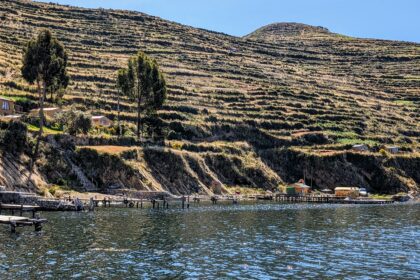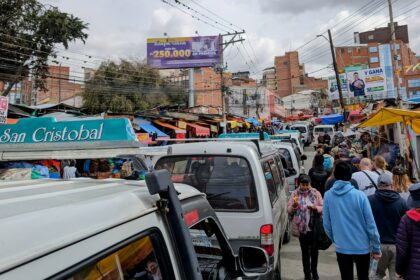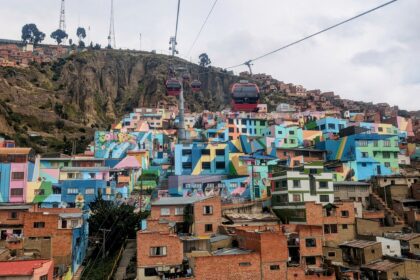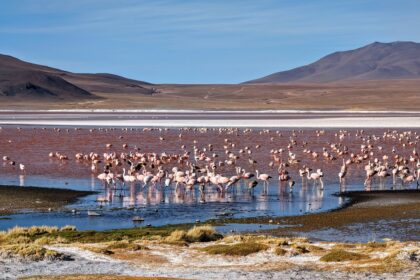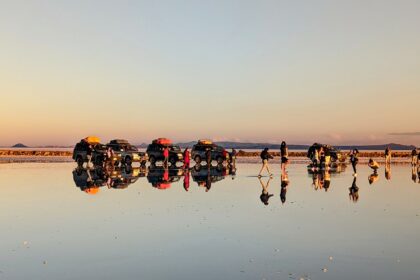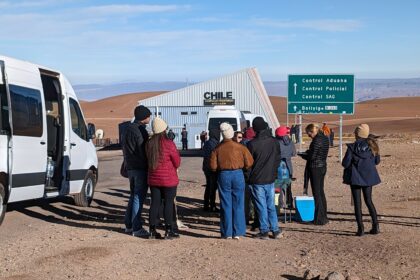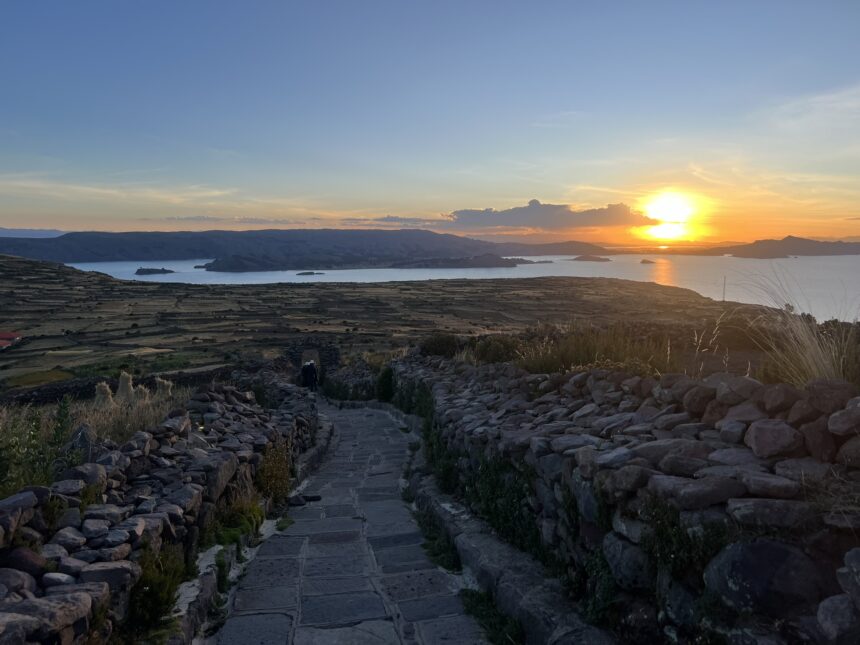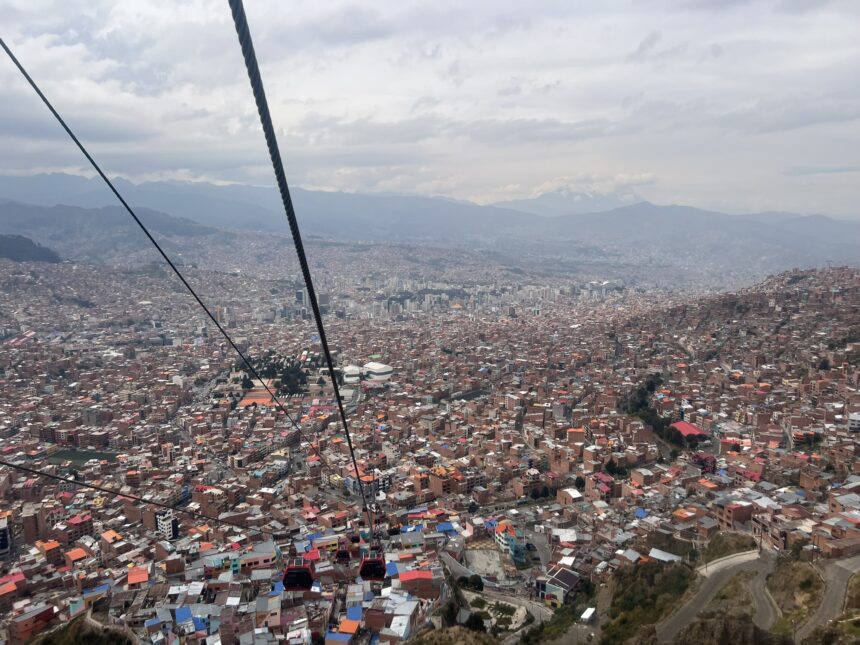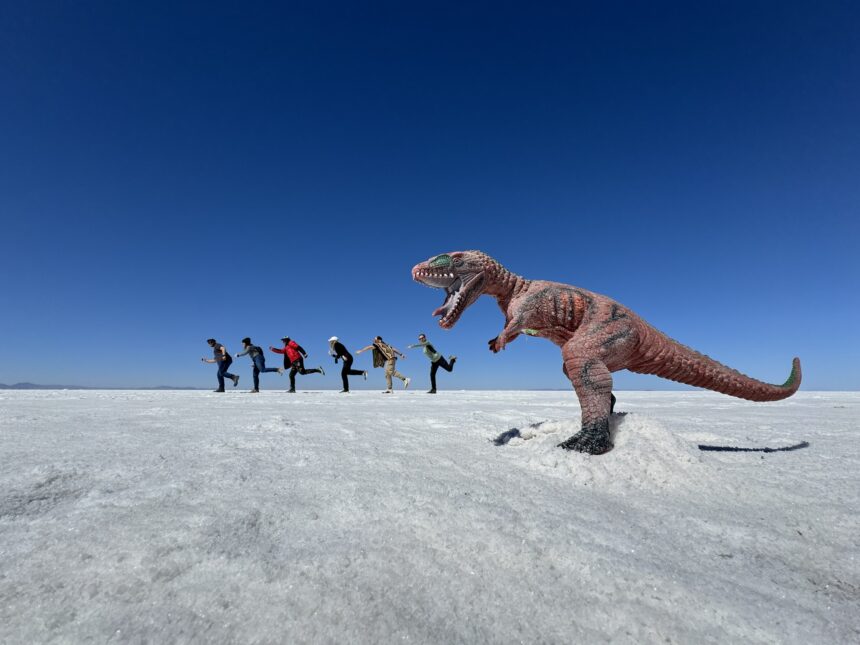Bolivia
Bolivia is a unique country within South America that is landlocked due to a complex history with some of the neighboring countries. It has a majority population that identifies as indigenous and the traditional culture is still part of everyday life.
Regions of Bolivia
Bolivia's Fast Facts
Language
Spanish, Aymara, Quechua and 34 other indigenous languages
Capital City
La Paz and Sucre
Currency
Boliviano
Budget Range
$ - $$
Find out more about the visa requirements for Bolivia here, especially for United States citizens.
Know Before You Go to Bolivia
Note: Spanish is just one of 37 official languages in Bolivia. Indigenous people make up over 60% of Bolivia’s population and 36 of the indigenous languages spoken around Bolivia are recognized as official languages in the country. The most commonly spoken are Aymara and Quechua, often used colloquially throughout the country. However, many people in La Paz speak and understand Spanish. When talking amongst each other, you may notice that they use the indigenous language they are most comfortable with. Many actually say that the indigenous language is the first language they learn and they pick up Spanish when they first go to school.
hola
OH-la
hello
gracias
GRAH-see-ahs
thank you
por favor
POHR FAH-vohr
please
no entiendo
NOH ehn-tyEN-doh
I don’t understand
¿Hablas inglés?
hah-BLAHS een-GLEHS
do you speak english?
buenos días, buen día (inf.)
BWEN-hos DEE-as, BWEN DEE-a
good morning
buenas tardes, buenas (inf.)
BWEN-ahs TAR-des, BWEN-ahs
good afternoon (until sunset)
¡chau! / hasta luego
CHOW / AH-sta loo-EH-goh
bye! / see you later (also used as “bye”)
buenas noches, buenas (inf.)
BWEN-ahs NOH-ches, BWEN-ahs
good evening or goodnight
¿Dónde está el baño?
DOH-ndeh ehs-TAH EHL BAH-nyoh
where is the bathroom? (IMPORTANT: women’s restrooms are often indicated with an M (mujer=woman)
¿Me da ___, por favor?
MEH DA ___ POHR FAH-vohr
Can i have ___ please? (casual but polite way to order food and drinks)
Quisiera ___, por favor
KEE-see-yehr-ah ___ POHR FAH-vohr
I would like ___ please. (formal and polite way to order food and drinks)
buen provecho
BWEN proh-VE-choh
Enjoy your food or meal. People may use the phrase as they walk by someone eating when in a restaurant. Waiters will say this phrase when they serve you your meal.
La Paz, Lake Titicaca, and the Uyuni Salt Flats are at incredibly high elevations between 3,650 – 3,800 meters (11,975 – 12,470 feet). It is important to be prepared for this elevation change, especially if you are coming from sea level and do not have the chance to work your way up to this elevation. The following are some tips to help make the adjustment much easier:
- Eat smaller meals when first at elevation. This will help you feel better throughout the day.
- Avoid alcohol. It will decrease your oxygen level and you need as much oxygen as possible at a higher elevation.
- Drink as much water as possible! This will also help with the headaches that may appear due to the altitude.
- If things truly get worse, find a way to get to a lower elevation, and, in the meantime, you can try to get to a clinic or hospital to get some additional oxygen.
Unfortunately, Bolivia does not have the highest food and restaurant sanitation standards and you do run the risk of getting a digestive illness while visiting. To prepare for Bolivia, you should go to your doctor to get anti-diarrheal medication if you have issues on your trip. You can also go to a clinic on your trip as food-borne diseases are incredibly common and all the doctors know how to treat them easily.
All Bolivia Travel Guides + Articles
The Top Things to Do at Lake Titicaca: A Peru and Bolivia Itinerary
The various things to do at Lake Titicaca in both Peru and Bolivia, with an itinerary to visit islands and cross the border between the two.
The Various La Paz Transportation Options When in Bolivia
The different La Paz transportation options, to best visit, experience, and navigate the city and surrounding area (especially when Google Maps won't help you).
The Top Things to Do in La Paz, Bolivia: A 3 Day Itinerary
An itinerary that explores the top things to do in La Paz, Bolivia, learning about the complex history and unique culture of the region.
Uyuni Salt Flats Tour: Everything to Know Before You Go
Breaking down the frequently asked questions about visiting the Uyuni Salt Flats in Bolivia from La Paz or San Pedro de Atacama, Chile.
The San Pedro de Atacama Uyuni Salt Flats Tour: A Daily Guide on What to Expect
An itinerary of the classic 3 day Uyuni Salt Flats tour with expected destinations and experiences for this tour through a unique landscape.
The Bolivia Tourist Visa Process for United States Travelers
How to obtain a Bolivia tourist visa for United States citizens and general tips for preparing for travel visas when traveling.
The Top Things to Do at Lake Titicaca: A Peru and Bolivia Itinerary
The various things to do at Lake Titicaca in both Peru and Bolivia, with an itinerary to visit islands and cross the border between the two.
The Various La Paz Transportation Options When in Bolivia
The different La Paz transportation options, to best visit, experience, and navigate the city and surrounding area (especially when Google Maps won't help you).
The Top Things to Do in La Paz, Bolivia: A 3 Day Itinerary
An itinerary that explores the top things to do in La Paz, Bolivia, learning about the complex history and unique culture of the region.
Uyuni Salt Flats Tour: Everything to Know Before You Go
Breaking down the frequently asked questions about visiting the Uyuni Salt Flats in Bolivia from La Paz or San Pedro de Atacama, Chile.
The San Pedro de Atacama Uyuni Salt Flats Tour: A Daily Guide on What to Expect
An itinerary of the classic 3 day Uyuni Salt Flats tour with expected destinations and experiences for this tour through a unique landscape.
The Bolivia Tourist Visa Process for United States Travelers
How to obtain a Bolivia tourist visa for United States citizens and general tips for preparing for travel visas when traveling.

